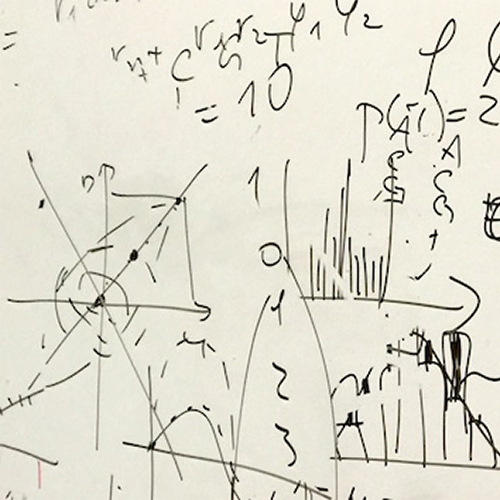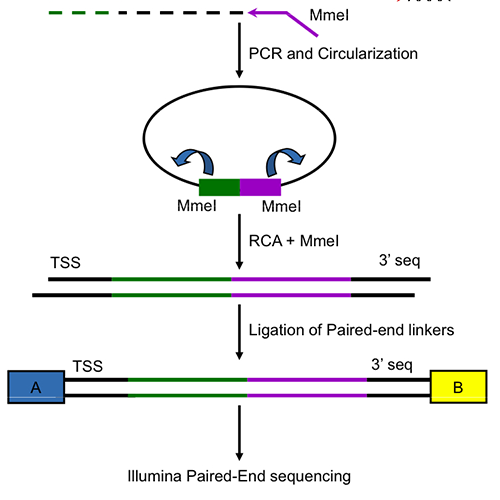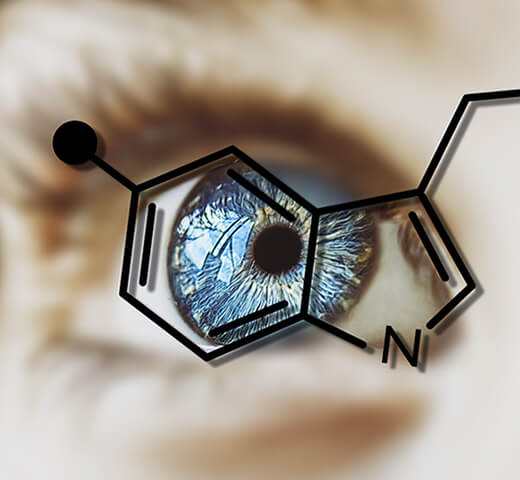Theoretical and Computational Biology


Computational Neurophysiology
Head: Prof. Susanne Schreiber
We investigate neural processing from single cells to networks. In particular, we would like to understand how neurons are optimized for their computational task. The aim is to link the molecular level of ion channels to characteristics of neuronal firing, focusing on topics like information transfer, synchronization, energy efficiency, and temperature robustness.


Theoretical Neuroscience
Head: Prof. Richard Kempter
Our research focuses on the neural basis of learning and memory, and involves computational and mathematical modeling of synapses, neurons, and networks of neurons. Of particular interest is short-term and long-term plasticity in the auditory system and the hippocampus.


Computational Regulatory Genomics
Head: Prof. Uwe Ohler
Our lab develops and applies genomics and computational approaches to understand mechanisms of gene regulation in eukaryotic organisms. Our long term goal is to investigate how regulatory networks enable the correct development of complex organisms, with their multitude of cell types that carry out different functions despite the same genome.


Theoretical Biophysics
Head: Prof. Edda Klipp
We study complex biological phenomena by combining computational approaches with experimental methods. Our research interests range from modeling specific signaling and metabolic pathways to whole-cell modeling using e.g. ODE, Boolean and agent-based modeling techniques.


Collective Information Processing
Head: Prof. Pawel Romanczuk
We investigate the interplay of self-organization and function in complex biological systems by combining mathematical modeling and analysis of experimental data. Our main research focus are mechanisms and functional benefits of collective behavior from cellular ensembles to animal groups. Further topics include modeling of stochastic motility and spatially-explicit evolutionary games.


Decision Circuits
Head: Ph.D. Torben Ott
We study the intricate cortical networks that implement decisions. With tools from optogenetics, electrophysiology, and quantitative psychophysics in rodents, we develop cortical circuit models for decision-making that are rooted in its underlying biological structure. By dissecting how dopamine and serotonin control brain function, we aim to understand adaptive – and maladaptive – behavior.
